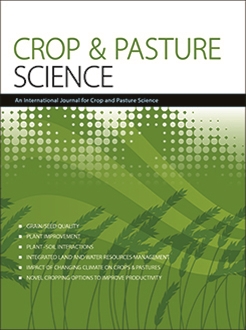Context. Identification of salt-tolerant genetic resources is of high importance due to the constant increase in salt-affected areas.
Aims. This study was conducted to assess genetic variation in salt response among and within Tunisian sea barley populations and to identify useful genotypes for future breeding programmes directed towards improving salinity tolerance.
Methods. The salinity response of 141 lines from 10 natural populations of Hordeum marinum ssp. marinum was characterised at a morphophysiological level, following exposure to 200 mM sodium chloride for 90 days.
Key results. ANOVA revealed significant differences in growth and ion accumulation between and within populations in response to salinity. The Sebkhet Ferjouna population was less affected than Sidi Othman and Tabarka; however, it accumulated relatively higher sodium and lower potassium and potassium/sodium ratio. Stress Tolerance Index (STI) and Salt Tolerance (ST) values varied significantly among populations and lines. STI was positively correlated with potassium and negatively correlated with sodium content in roots and leaves, whereas no evidence of a relationship between both cations and ST was observed.
Conclusions. SO7, SO28, LB5, LB25, TB1, MT3 and BK12 with high values of STI were identified as high yielding lines in control and salt stress conditions, whereas MT3, BK12, MT17, BF10, SL8, SL16 and SF32, with the highest values of ST, were characterised by a small yield loss and low sensitivity when exposed to salinity.
Implications. These lines constitute a genetic resource with desirable adaptation characteristics for breeding programmes towards salinity tolerance in cultivated cereals.






